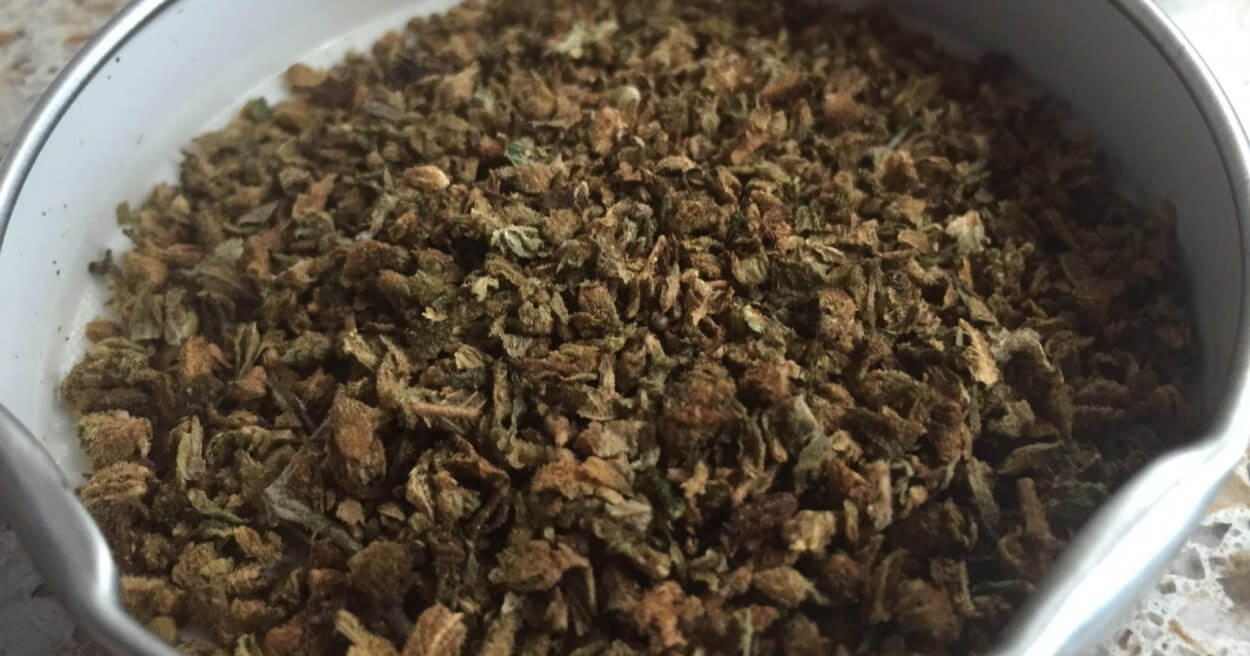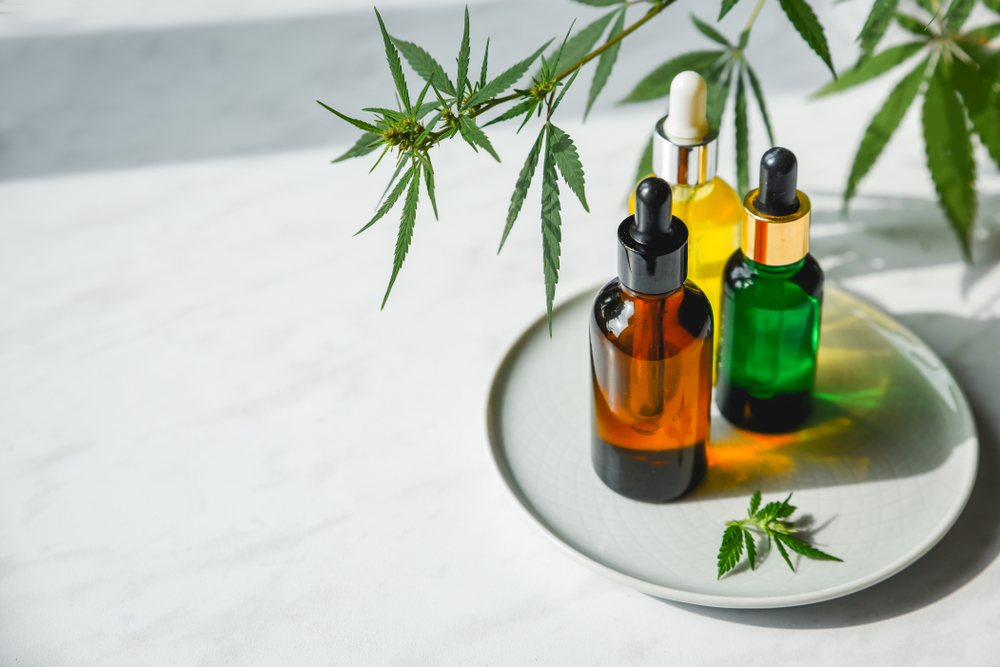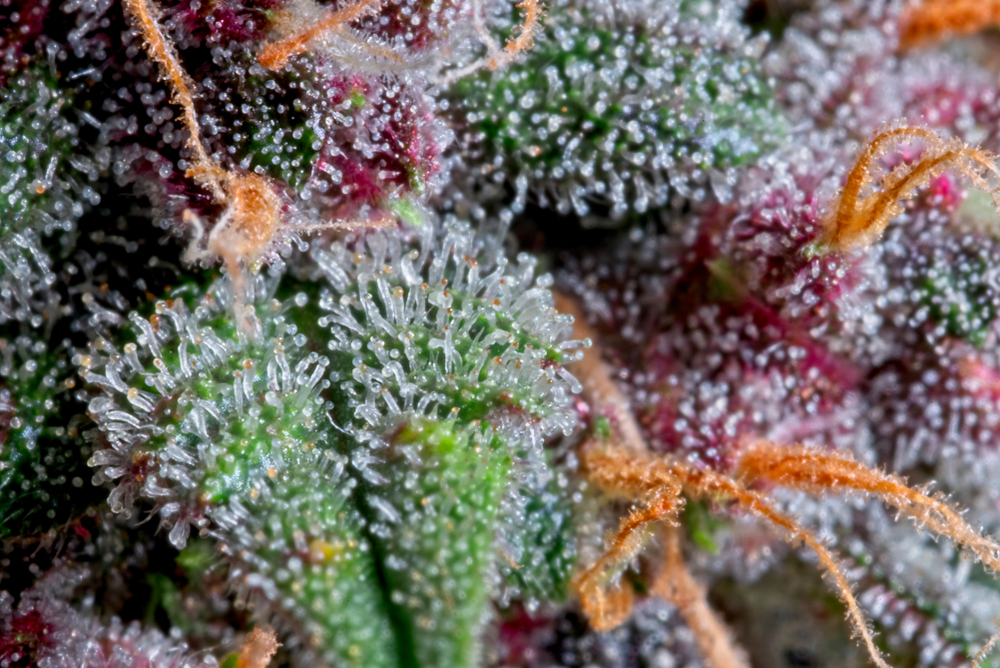Education
Decarboxylation – The Secret Behind Getting High
Decarboxylation – ever wondered why we had to vaporize and combust cannabis in order to get feel the effects instead of just eating it raw? The secret lies in a process known as “decarboxylation.”
Decarboxylation is a process that activates several compounds in cannabis such as THC and CBD. It occurs naturally while cannabis undergoes the curing process and is the main reason why you experience the psychoactive effects of cannabis.
It is also considered an essential step to making effective cannabis-infused products such as Sugar Jacks’ edibles.
If you’ve ever tried to eat a raw bag of weed only to realize it did little to nothing for you, you might want to stick around because we’re here to teach you the science behind “activating” cannabis and why we need it to get high!
How Cannabis Works
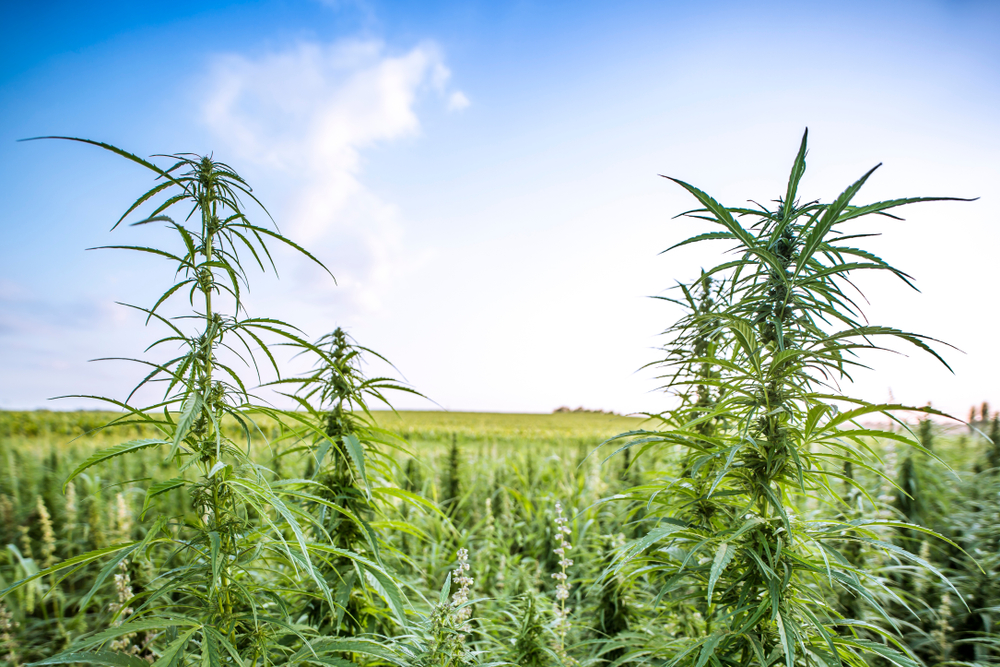
It might come at a surprise to you, but the average marijuana plant only carries trace amounts of Tetrahydrocannabinol (THC). Even after going through the proper curing and drying procedures, the amount of THC found in the end product isn’t substantial. The reason for this is that raw cannabis is naturally filled with the inactive variant of THC known as Tetrahydrocannabinolic acid (THCA). That said, decarboxylation is the conversion of THCA to THC through exposure to heat.
In technical terms, exposure to heat is used to remove the carboxyl group (the acid part) from THCA in order for it to be successfully converted to THC. Removing this carboxyl group is what activates the cannabinoids in the plant to become functional at our cannabinoid receptors. Hence decarboxylation increases the bioavailability of THCA.
While THCA is only mildly psychoactive, many still seek its medical application due to its anti-inflammatory effects. The lack of THC allows patients to take much larger doses without much impairment. Notably, those with neurodegenerative diseases such as Huntington’s Disease may benefit from THCA’s neuroprotective and anti-inflammatory properties.
What causes Decarboxylation?
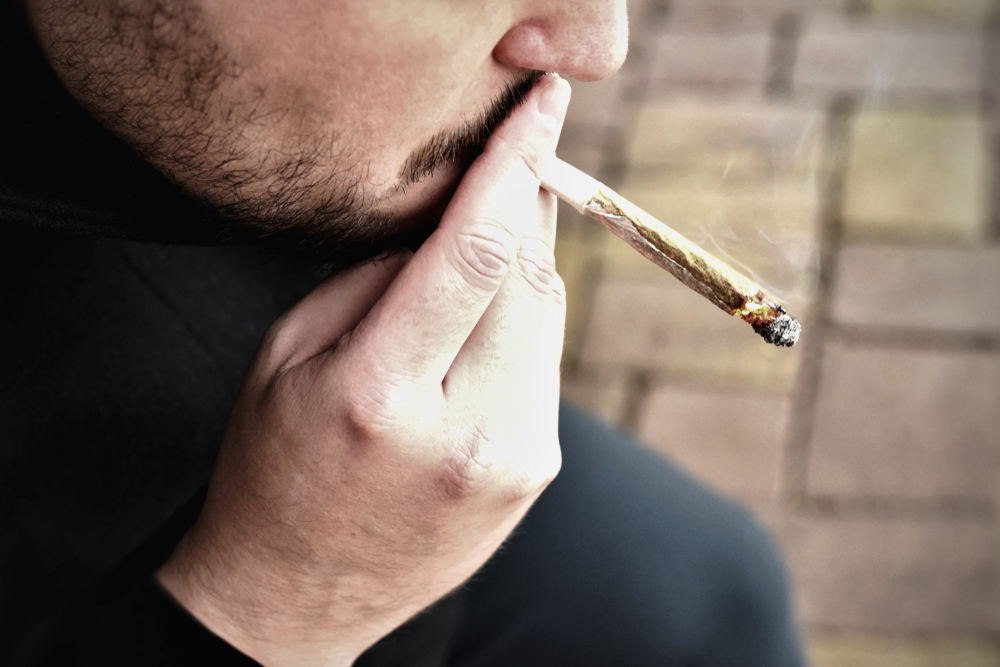
As mentioned before, in order to decarboxylate cannabis it must either be cured or exposed to heat. That said, proper storage conditions of cannabis are paramount to avoid premature decarboxylation. Exposure to light, heat, and oxygen will expedite the aging process, resulting in stale weed.
The exposure to these elements speeds up the degradation of THCA to Cannabinol (CBN). As THC is oxidized it converts to CBN over time. However, the issue is not that CBN is necessarily bad, but rather it trades the psychoactive potential of THCA for its own sedative qualities. This could be beneficial for those who suffer from insomnia, but counterproductive for those who were originally looking to get high.
Why is Cannabis Decarboxylation so Important?
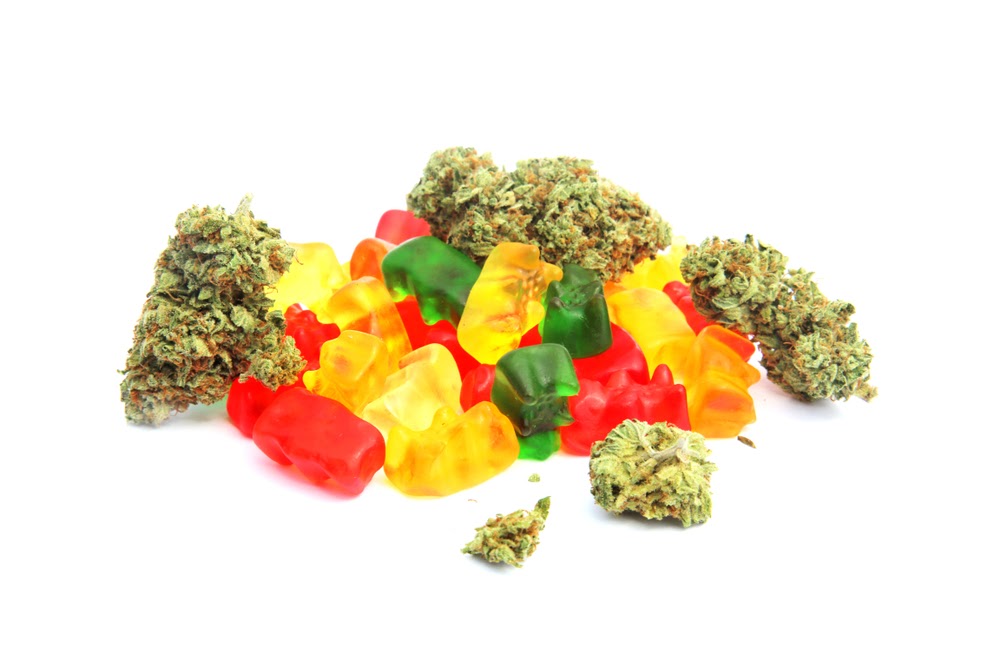
Decarboxylation is an essential process in order to experience cannabis’ psychoactive effects. Since raw cannabis has an abundance of THCA, it will not possess any psychoactive properties prior to decarboxylation.
While there are a number of well-established benefits related to THCA, it should be noted that the compound is largely non-intoxicating. The decarboxylation process is what gives life to cannabis. It is the reason why we get to experience the euphoria-inducing high from marijuana.
At Sugar Jacks’, every nug of cannabis that we get is decarboxylated at low temperatures over a long period of time to ensure maximum potency and effect. Without decarboxylation, the edibles that we all enjoy so much wouldn’t have a hint of potency!
What Temperature Does Weed Decarboxylate At?
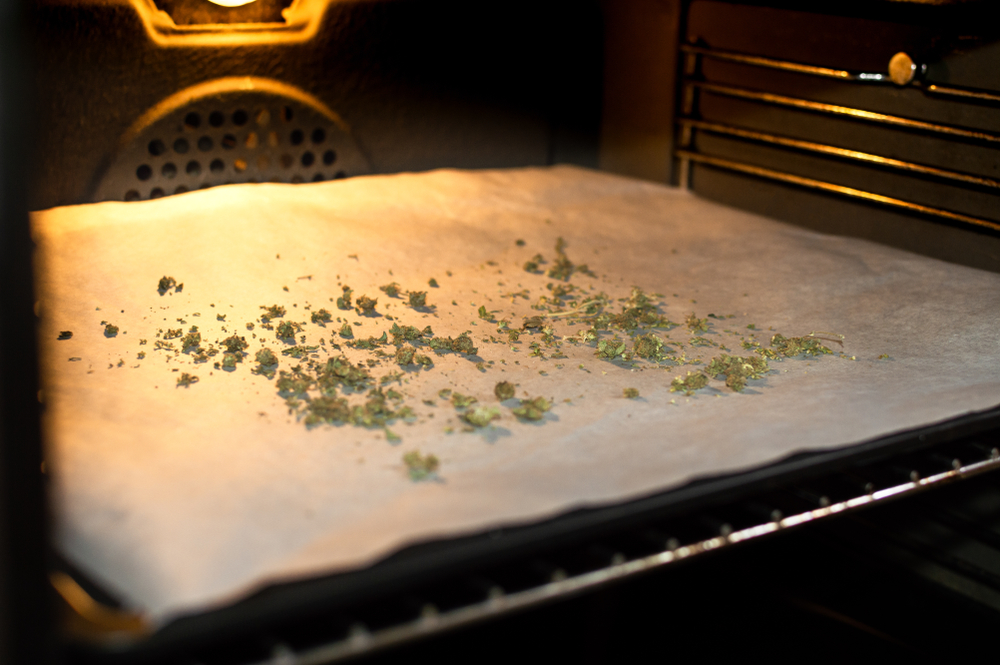
For THCA to carboxylate, exposure to a temperature of around 105 degrees celsius for roughly 30-45 minutes is required. Keep in mind, it may take a little while longer to fully decarboxylate your weed. Much like smoking cannabis, choosing to decarboxylate cannabis at high temperatures may damage existing terpenes within the plant, losing the potency in its flavor profile. In fact, a large amount of mono and sesquiterpenes are unstable, and will evaporate if exposed to high temperatures that exceed 148 degrees celsius.
That said, properly decarboxylating cannabis takes time, as it requires exposure to a lower heat through an extended period of time. Although time-consuming, the end product will keep its full profile of terpenes and cannabinoids, preserving the fullness of the bud.
While it’s common knowledge that heat triggers evaporation, many opt to decarb their cannabis in a water bath using a mason jar. This method preserves the terpenes and cannabinoids in your bud by preventing them from being evaporated into the air. It also eliminates the strong smell that marijuana can leave behind, especially important if stealth is a requirement.
Rather than decarbing your cannabis on a baking sheet, heating your cannabis in water using a mason jar will prevent any evaporated cannabinoids and terpenes from escaping.
Decarboxylation can also be done in a variety of ways. If you vaporize your weed, there is a chance that the decarbed cannabis may be used a second time. This occurs if the bud was vaporized at a lower temperature at around 157-227 degrees Celsius.
In the same way that decarboxylation may preserve terpenes when done at low temperatures, already vaped bud (AVB) vaporized at low temperatures may have leftover cannabinoids that can be easily incorporated into edible recipes or tinctures as they have already been decarboxylated.
Final Thoughts
With a solid understanding of the science behind decarboxylation, you’ll be able to navigate your way through the world of cannabis.
Cooking weed actually has a science behind it. Whether you’re looking to make your own cannabis-infused coconut oil or some fresh brownies (or even some Sugar Jacks edibles!), you’ll have the knowledge to use your weed effectively and efficiently. Enjoy!



